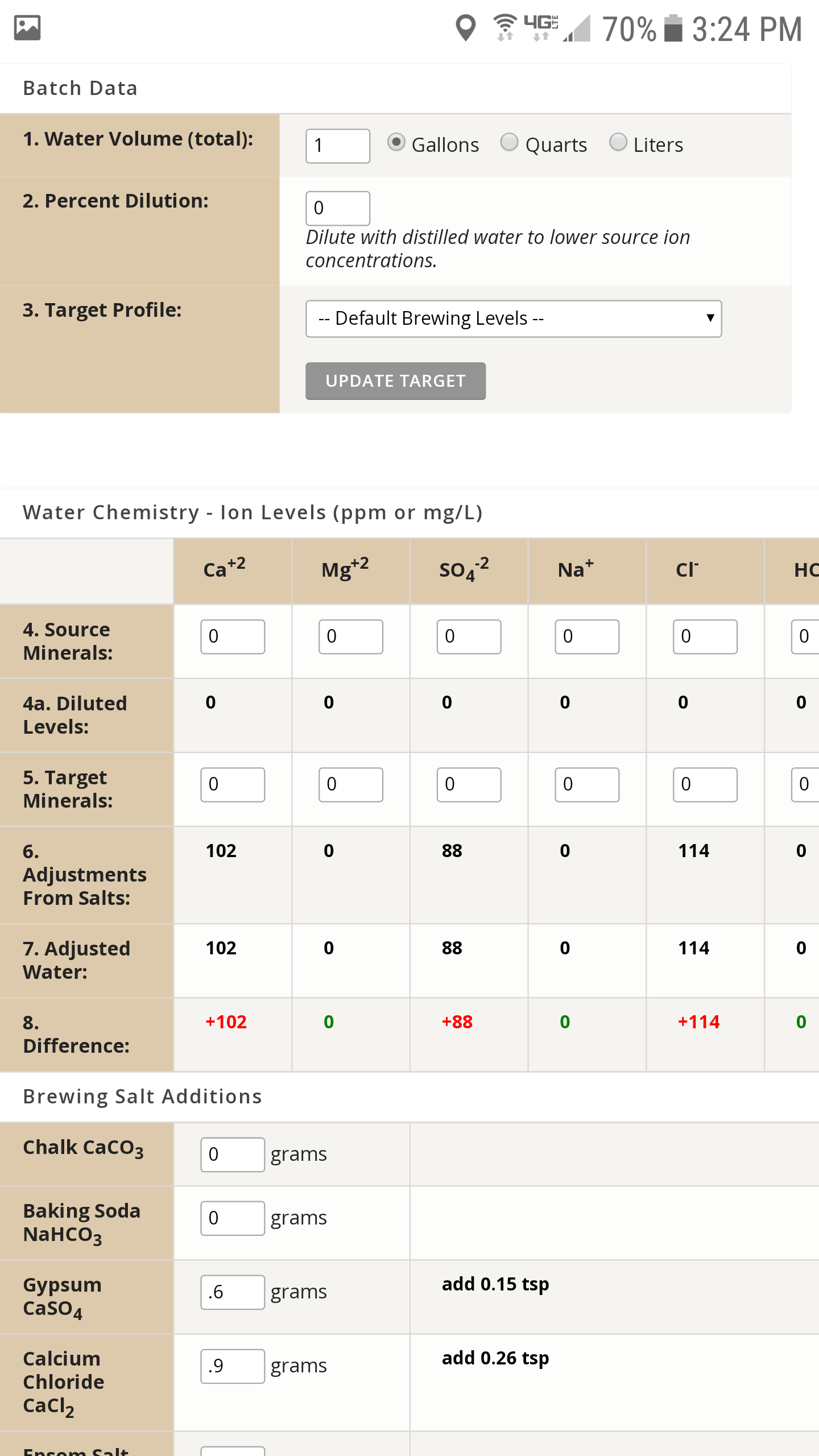I have serious problems with the fear-mongering that is so prevalent in today's "reporting".
Who are these experts, and why should we believe them more than all the other experts that say Crystal Geyser is perfectly safe? Arsenic is a pretty common chemical, in nearly all groundwater and vegetable crops.
It is also worth noting that after fermentation the yeast has a higher concentration of arsenic than the beverage does, so it is filtering out a good portion of it. They also create folic acid, which has been shown to reduce arsenic in your blood.

























































![Craft A Brew - Safale S-04 Dry Yeast - Fermentis - English Ale Dry Yeast - For English and American Ales and Hard Apple Ciders - Ingredients for Home Brewing - Beer Making Supplies - [1 Pack]](https://m.media-amazon.com/images/I/41fVGNh6JfL._SL500_.jpg)
 Elephants are a cake walk compared to H2S. If you find a flower that eliminates H2S, let me know.
Elephants are a cake walk compared to H2S. If you find a flower that eliminates H2S, let me know.
